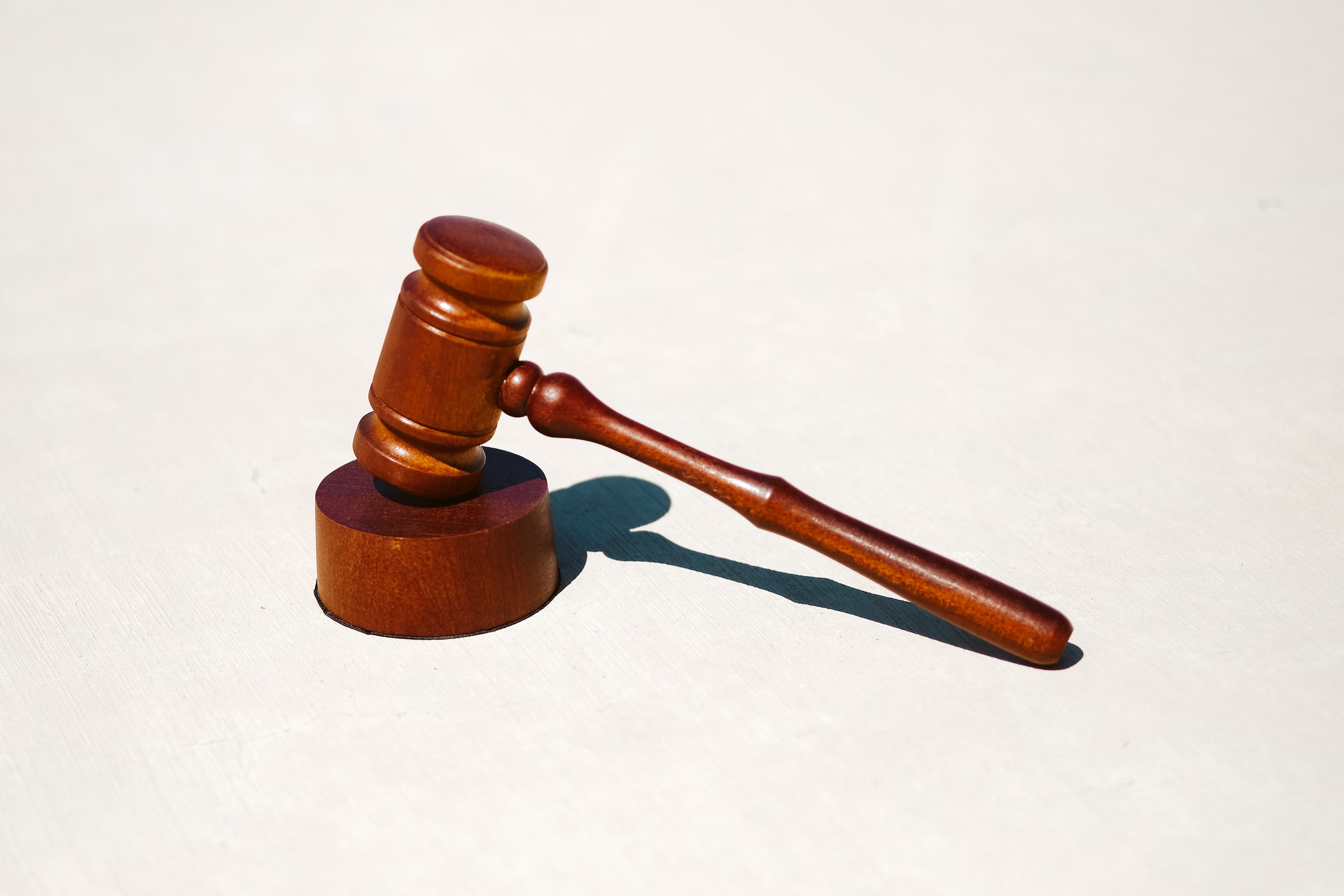In the labyrinth of European Union regulations and directives, environmental legislation holds a place of paramount importance. With the increasing global urgency surrounding climate change and environmental conservation, the EU's focus on ensuring that member states maintain the highest standards is more crucial than ever. However, not all states always walk the green line. So, what happens when a member state fails to adhere to these environmental directives? The answer lies within the chambers of the Court of Justice.
Understanding the European Environmental Law Framework
The European Union, through a series of regulations, directives, and decisions, has built a robust environmental framework, ranging from water and air quality, noise pollution to biodiversity protection. But like any law, its real strength lies in its enforcement.
The Court’s Role in Upholding the Green Standard
The Court of Justice of the EU plays the pivotal role of ensuring that member states toe the line. When a state is suspected of straying from its environmental obligations, either the European Commission or any member state can bring the issue before the court. Before this happens, however, the Commission engages in a preliminary dialogue with the concerned state, seeking clarifications and possible solutions.
If these discussions do not yield a resolution, the matter is escalated to the Court of Justice. Once here, the court meticulously examines the case, evaluating the extent and nature of the alleged breach.

Many legislative acts need to be changed to preserve our beautiful planet
The Long Arm of the Court: Recent Rulings
A look into the court's recent judgements offers a snapshot of the myriad environmental challenges faced by member states. For instance, in 2022, Slovakia was twice under the court’s scrutiny: once for failing to adhere to the Environmental Noise Assessment and Management Directive and later for not complying with the Habitats Directive.
Bulgaria faced the court's censure for not aligning with the Marine Strategy Framework Directive. Spain, a prominent member of the EU, wasn't spared either. The nation was pulled up for not ensuring the protection of habitats in the Doñana protected area.
Consequences of Non-compliance
A declaration of non-compliance isn't merely symbolic. It carries significant implications for the erring state. The member state is required to take immediate corrective actions to align with the court’s decision and EU's environmental regulations.
However, if a member state dawdles in taking appropriate measures, the court can reopen the case. In these instances, the court doesn't just pronounce a judgement; it wields a financial hammer. The Court of Justice can impose a monetary penalty on the member state, a substantial deterrent to ensure prompt compliance. The penalty's quantum depends on several factors, including the severity of the breach, its duration, and the economic strength of the offending state.
A Green Warning
The Court of Justice, with its power to impose penalties, sends out a strong message to member states. In the race towards a greener and sustainable future, compliance with environmental regulations isn't optional—it's imperative. Through its rulings and penalties, the court underscores the significance of environmental stewardship and the collective responsibility of European nations in leading the charge against global environmental degradation.
In the ever-evolving landscape of environmental challenges, the European Union, backed by the strength of the Court of Justice, is making it clear that it will not tolerate any slack in its green standards. The message is clear: for a brighter, sustainable future, every member state must play its part.
©GlobalCO2.uk





